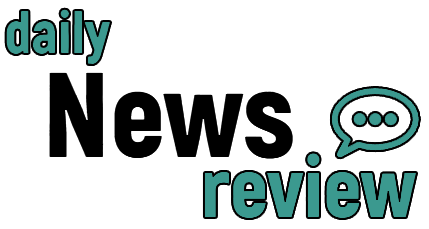Before the Trump administration, the world was a different place. It was a time of relative stability and cooperation among nations. However, all of that changed when President Donald Trump announced his aggressive tariffs on imported goods. This move has caused a ripple effect across the global economy, leaving many wondering what the future holds. But before we delve into the impact of these tariffs, let’s take a moment to reflect on the world before Trump’s aggressive trade policies.
Before Trump, the world was moving towards a more interconnected and interdependent global economy. Countries were working together to reduce trade barriers and promote free trade. This led to an increase in international trade, which in turn, boosted economic growth and created jobs. The world was becoming more prosperous, and people were reaping the benefits of a globalized economy.
Moreover, before Trump, the United States was seen as a leader in promoting free trade and open markets. It was a champion of the World Trade Organization (WTO) and played a crucial role in negotiating trade agreements such as the North American Free Trade Agreement (NAFTA) and the Trans-Pacific Partnership (TPP). These agreements not only benefited the US economy but also helped to lift millions of people out of poverty in developing countries.
However, all of this changed when Trump took office. He made it clear from the beginning that he was not a fan of free trade and believed that the US was being taken advantage of by other countries. He promised to put America first and bring back jobs to the country. And one of the ways he planned to do this was through imposing tariffs on imported goods.
Since then, Trump has followed through on his promise and has imposed tariffs on a wide range of products, including steel, aluminum, and Chinese goods. These tariffs have sparked a trade war with China and other countries, leading to retaliatory tariffs and a breakdown in international trade relations. The once stable global economy is now facing uncertainty and volatility.
The impact of these tariffs has been felt not only in the US but also around the world. American businesses that rely on imported goods have been hit hard, as they now have to pay higher prices for the products they need. This has led to job losses and higher costs for consumers. In addition, many countries have responded with their own tariffs, which has resulted in a decrease in US exports and a decline in the agricultural sector.
Furthermore, the tariffs have also caused tensions among traditional allies. The US has imposed tariffs on its closest neighbors, Canada and Mexico, which has strained relations and jeopardized the future of NAFTA. The European Union has also been targeted with tariffs, leading to a trade dispute between the US and its long-standing allies.
But perhaps the most concerning impact of these tariffs is the threat to the global economy. The International Monetary Fund (IMF) has warned that the trade tensions could derail the current economic growth and lead to a global recession. This would have devastating consequences for people around the world, especially those in developing countries who are already struggling.
In conclusion, before Trump hit the world with aggressive tariffs, the global economy was on a positive trajectory towards greater cooperation and prosperity. However, his trade policies have caused a significant disruption and have put the world at risk of a trade war and economic downturn. It is essential for leaders to come together and find a solution to this issue before it’s too late. The world needs to return to a time of cooperation and open markets, where everyone can benefit from free trade. Let’s hope that we can overcome these challenges and build a better future for all.

